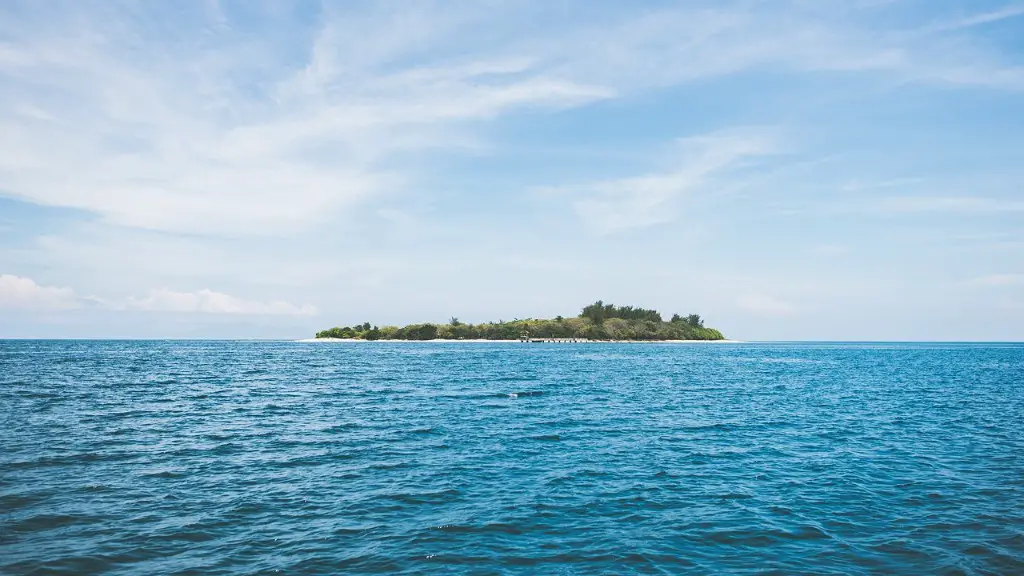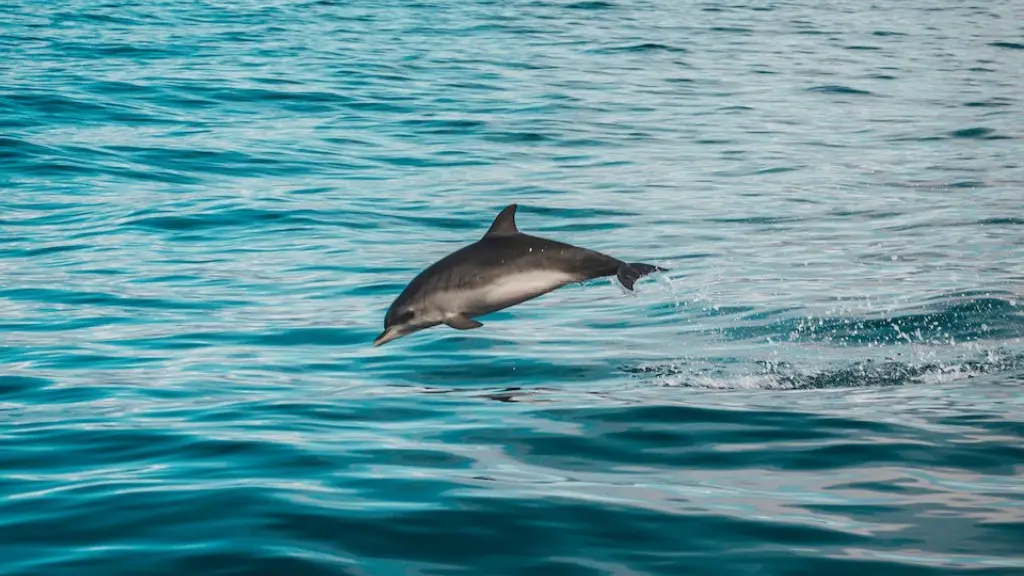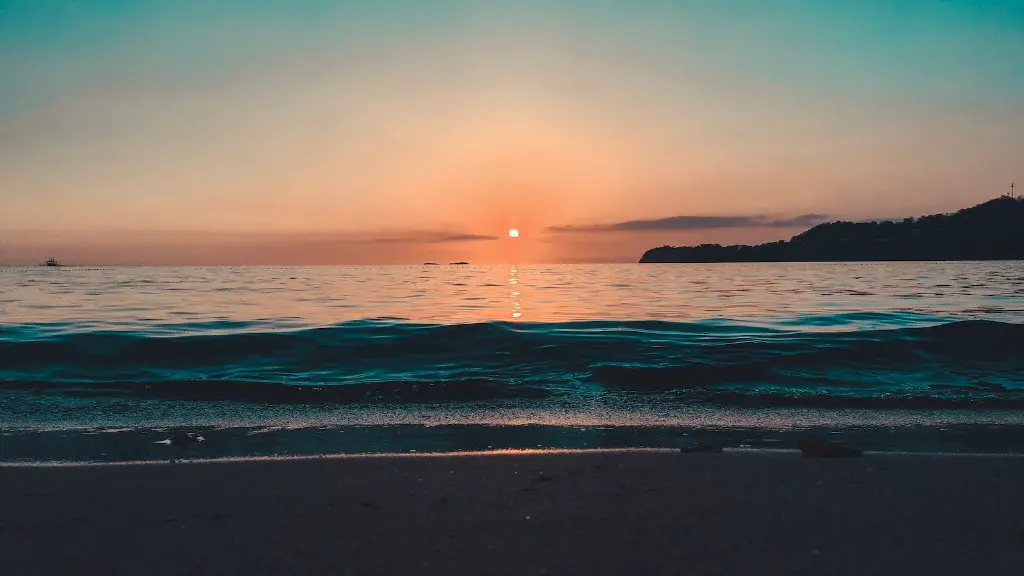The Natural Physical Attributes of the Mediterranean Sea
The Mediterranean Sea, situated in the Northern Hemisphere, is the world’s largest semi-enclosed sea with a surface area of 2.5 million sq km. A mixture of Atlantic and Mediterranean waters, it is connected to the open sea through the Strait of Gibraltar, the Red Sea and the Black Sea. Its bottom is made up of sediment mixed with coral, shells, and gravel. The presence of deep oceanic trenches, reaching up to depths of 4,000 meters also contribute to the deep blue color of the sea. In addition, the Mediterranean’s relatively young age is also a contributing factor to its intense blue color, as its water is not heavily exposed to air and is not loaded with nutrients which can cause discoloration.
This sea acts as a major barrier between Europe, Africa, and the Middle East. In addition, the Mediterranean is bordered and surrounded by more than twenty major countries. It has many straits connecting the Mediterranean to the Atlantic Ocean, and notable straits include Messina Strait, Straits of Gibraltar, and the Bosporus Strait. The Mediterranean Sea also experiences balmy summer conditions during the months of April through to October and enjoys milder winters due to its geographic location.
The Relationship Between Water Temperature and Color
The Mediterranean Sea’s impressive blue color can be attributed to several factors. The primary cause of its color is the sun’s light being reflected off the slightly uneven ocean surface. The cooler the water’s temperature, the more efficiently it reflects the light and appears bluer. Moreover, the sun’s light is able to penetrate deeper which in turn brings out the light blue color of the Mediterranean Sea. Other factors that have a role in determining the shade of the ocean are the presence of larger particles, such as sand and mud, which, when suspended can make the color of the sea appear greener.
The Mediterranean Sea is an exceptionally shallow body of water considering its 2.5 million sq km size, with an average depth of only 1,500 meters. Its shallowness results in stronger sunlight penetration, hence its outstanding shades of blue. In addition, the warm temperatures of the Mediterranean Sea make its water full of dissolved salts and give it a distinctive light-blue color when viewed from above.
The Role of Turbidity and Aquatic Life
The level of sediment and other particles suspended in the water, known as turbidity, are also responsible for a large percentage of the Mediterranean Sea’s color. High levels of turbidity make the sea appear murky and greyish-green, whilst a low degree of turbidity enhances the reflection of light off the ocean’s surface and makes it appear brighter and bluer. Thus, the Mediterranean Sea has an incredibly low rate of turbidity, but a high number of aquatic species which can be seen moving about in its waters.
These organisms, such as plankton and diatoms, act as natural reflectors and scatter the sunlight, thus causing its blue hue. Moreover, the Mediterranean Sea has numerous varieties of coral and seabed rocks that act as additional reflectors of the sunlight and further intensify its color.
Nutrient Rich Environment
An essential factor regarding color is the presence of nutrients – mineral and organic. Microscopic plankton and other organisms present in the surface waters of the Mediterranean Sea harness the sun’s energy with the help of nutrients and direct radiation. The process in turn gives water its characteristic blue color. Thus, the amount of nutrients in the water determines the intensity of its blue hue, with higher concentrations leading to a brighter color.
Global Warming Effects
Since the 1990’s, the temperature of the Mediterranean Sea has been steadily increasing, leading to the bleaching of numerous species of coral and increased levels of turbidity due to natural runoff from the mainland. This has resulted in the Mediterranean sea becoming less blue and increasingly murky. In addition, the increase in water temperatures has led to an more instances of blue-green blooms, which is an outbreak of single celled microorganisms in the Mediterranean Sea. Though these microorganisms are harmless, they reduce the transparency of the sea, leading to a murky and cloudy appearance.
Humans and Pollution
In addition to the effects of global warming and climate change, human activities also have an adverse effect on the Mediterranean Sea’s appearance. Pollution is a major concern, and it can occur in both the form of nutrients and sediments. The presence of urban and industrial runoff can make the Mediterranean Sea appear murky, especially in the Mediterranean’s coastal areas which are home to numerous cities. In addition, construction projects, oil spills, and overexploitation of sea beds among other activities can also have an affect on the color of the Mediterranean Sea.
Fishing, Building and Conservation
The fishing industry has also had an major impact on the Mediterranean Sea, with overexploitation affecting its salinity, oxygen levels, and clarity. Moreover, developments in coastal areas, such as beach and coastal resort construction, have also increased sedimentation, affecting the clarity and color of the sea’s waters. In recent years, numerous efforts have been made to improve the welfare of the Mediterranean Sea, such as the creation of protected marine reserves and other conservation action plans.
Conclusion
The Mediterranean Sea has been renowned for its characteristic blue hue, and its blue color can be attributed to several factors such as the sun’s light being reflected off its surface, the low turbidity of its waters, and the presence of aquatic life. In addition, global warming has had an adverse effect on the Mediterranean’s blue color, as well as pollution from human activities and overfishing. The Mediterranean Sea has been subject to numerous conservation efforts, and these initiatives are aimed at preserving the unique features and characteristics of the Mediterranean Sea.


